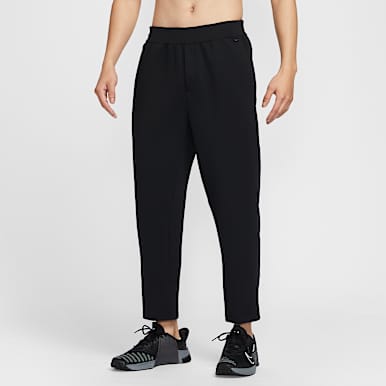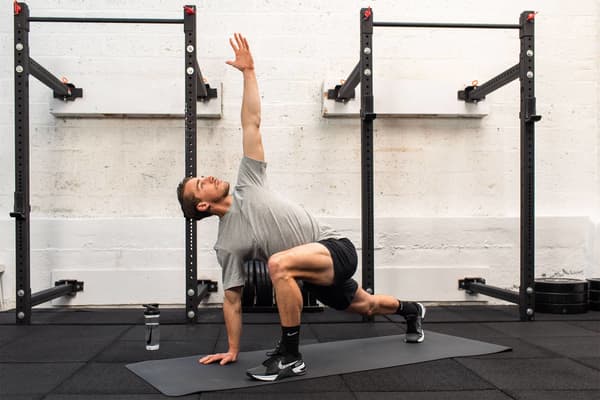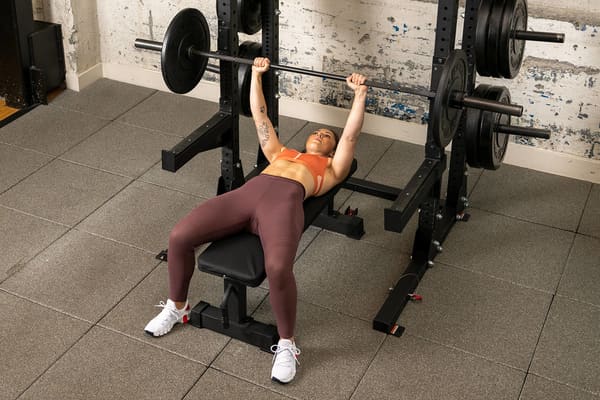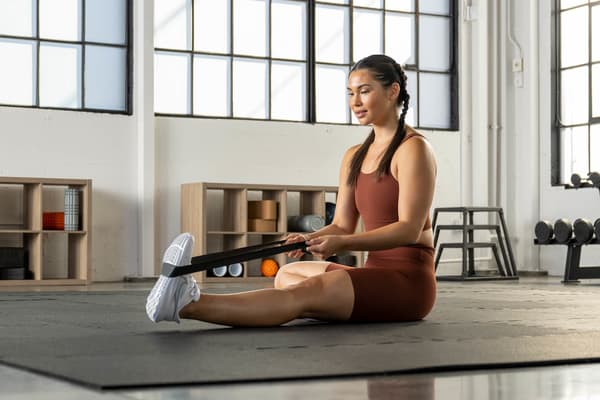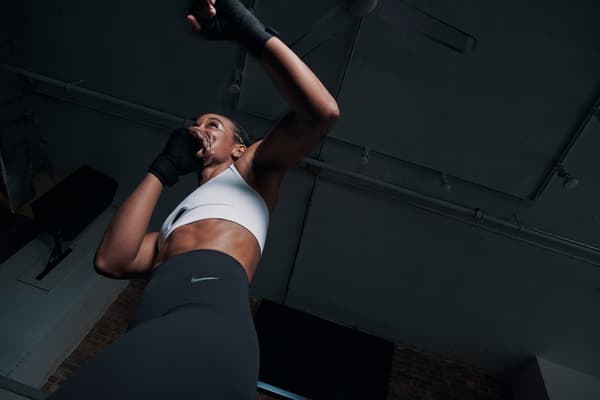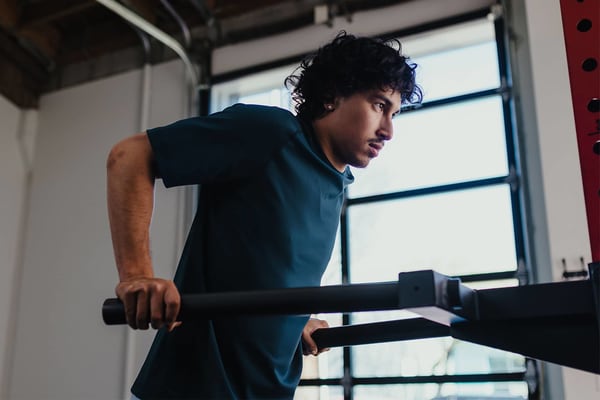All the Muscles That Fire Up In a Plank
Sports & Activity
From how-to’s to benefits, get to the core of planks with this beginner-friendly guide.

Whether you’re embarking on your first weight-training plan or prepping for an Olympic weightlifting competition, there’s a good chance that planks will be a part of your strength program.
And for good reason. Planks fire up a wide swath of muscles at once — and can be executed wherever there’s space large enough to fit a body’s length on the floor, according to Chris Travis, a NASM-certified trainer. “Every client [I train] will have some form of a plank as part of their programming,” he said.
Another major reason for their effectiveness? Planks are an isometric exercise, which means that the muscle does not lengthen or shorten throughout the movement. In the case of a plank, the muscles create tension by resisting gravity, Travis explained. This can be hugely beneficial for folks who are sedentary throughout much of the day, he said.
“I find that a good amount of [my clients] and the general population sit for long periods of the day and develop some [anterior] tilting in their pelvis, which can lead to pain and tightness [in the hip flexors],” he said. “Training the core, particularly through the proper mechanics of a front plank, can significantly help [put the pelvis in a neutral position].”
Whether you’re active throughout the day or sit for prolonged periods, planking can be an effective way to train your core. That said, it’s always best to consult with a certified trainer, doctor, or physical therapist to determine if it’s a safe move for you to execute.
Read on to learn what muscles are worked in a plank, the benefits of planks, and how to do them effectively.
What muscles do planks work?
Travis said he prefers starting clients with a forearm plank versus a straight-arm plank, since a forearm plank often allows people to better hold tension throughout the body. A straight-arm plank, while still firing up the abdominal, back and posterior leg muscles, places more stress on the hands and wrists. For folks with existing pain or limited mobility in these areas, this can make a straight-arm plank more difficult.
When executing a forearm plank, four major muscle groups are activated:
1.Abdominal Muscles
- Rectus abdominis: When you think of the traditional “six-pack abs,” these muscles are at the forefront. Connective tissue divides each “pack” both crosswise and lengthwise. Contracting these muscles causes enables flexion of the trunk in a sit-up, for example.
- Transversus abdominis: The rectus abdominis spans vertically up the midsection, and it's helpful to think of the transverse abdominis as its horizontal sibling that wraps around a person’s midsection front to back. These muscles are primarily involved in protecting the internal organs.
- Internal and external obliques: These muscles sit laterally on either side of the midsection and are responsible for helping the trunk to either side.
2.Back Muscles
- Multifidus: These small muscles span the length of the spine and assist the vertebral column as it extends and rotates.
- Quadratus lumborum: Capable of stabilizing and extending the lumbar spine, as well as tilting the pelvis laterally (or side to side), these parallel muscles span vertically to midway up the back, starting near the pelvic bone.
- Latissimus dorsi: This flat, relatively thin muscle covers a wide range of territory on the mid- to lower-portion of the back. It stabilizes the lumbar spine during movement, as well as instigates shoulder joint and arm movement on both sides.
- Erector spinae: Of all the muscles that help to extend and rotate the spine, these are the most powerful. They extend up vertically the length of the spine.
3.Hip Flexors
This muscle group is responsible for lifting the legs toward the midsection of the body. Or, more simply, they’re the instigator for walking, running, climbing, and other similar motions.
4.Posterior (Back) Leg Muscles
- Hamstrings: These muscles are responsible for flexion at the knee joint and extension at the hip joint.
- Glutes: Comprising the buttocks and hip area, these muscles are primarily responsible for extending and rotating (externally) the thighs.
“When you hold a plank, think about firing and activating all of these muscle groups in order to maintain good body position during the exercise,” Travis said. (Feel free to pull up this article on your phone while doing a plank as a reminder!)
“The more you can teach your body to stabilize and control and resist movement, the stronger you will be and feel,” he said.
How To Do a Plank
Planks are a fairly straightforward, no-frills exercise. And while they can progress in terms of difficulty and muscles activated with a multitude of variations, mastering the forearm plank can help build a foundation for experimenting with new forms, Travis said.
- Start on all fours. Hinge forward to lay forearms flat with the palms facing downward on the floor. Elbows should be directly under shoulders and planted onto the floor.
- Step the feet back until the legs are fully extended. Bring the feet together, toes pointed toward the floor.
- Using the midsection as momentum, keep forearms and elbows planted into the ground while lifting the torso, stomach and legs off of the floor. Keep the head in line with the spine and hips while squeezing the glutes, hamstrings, and quadriceps and pushing the heels toward the back of the room. Gaze gently ahead toward the fingertips.
- Resisting any movement, hold position for desired timeframe, depending on comfort and strength level. Release, bringing the torso, stomach and legs back gently down to the floor.
Repeat 2 to 4 times.
How Long Should You Hold a Plank?
If you’re concerned that an extra-long plank might be too challenging, and if you’re engaging all of those muscles listed above, a 20- to 30-second (or even 10- to 15-second) hold, repeated two to four times, should suffice, Travis said.
“If you’re holding a plank with sufficient tension, even a short hold should feel challenging,” he said. “I’ve seen this with clients and athletes across the board.”
Travis said that 45 seconds (or until your form falters) is generally a good baseline for holding a plank.
Words by Julia Sullivan, ACE C.P.T.
























